Home>Maintenance & Safety>Child & Elderly Safety at Home>Who Needs A Booster Seat


Child & Elderly Safety at Home
Who Needs A Booster Seat
Modified: March 2, 2024
Ensure child and elderly safety at home with the right booster seat. Find out who needs a booster seat and how it can protect your loved ones.
(Many of the links in this article redirect to a specific reviewed product. Your purchase of these products through affiliate links helps to generate commission for Storables.com, at no extra cost. Learn more)
The Importance of Booster Seats
Booster seats play a crucial role in safeguarding children during car journeys. These specially designed seats elevate a child, ensuring that the vehicle's seat belt fits them properly. This is essential for protecting them in the event of a sudden stop or collision. Without a booster seat, the seat belt may rest improperly on the child's body, potentially causing severe injuries in the event of a crash.
The significance of booster seats lies in their ability to provide optimal protection for children who have outgrown their forward-facing car seats but are not yet tall enough to use the vehicle's seat belt alone. By lifting the child to the appropriate height, booster seats enable the seat belt to fit snugly across their chest, shoulder, and hips, reducing the risk of injury in the event of a crash.
In essence, booster seats act as a bridge between the stage when a child has outgrown their forward-facing car seat and when they are tall enough to use the vehicle's seat belt without assistance. This transitional phase is critical for ensuring the child's safety and minimizing the risk of injury during car travel.
By understanding the importance of booster seats, parents and caregivers can make informed decisions to protect their children while traveling in vehicles. It is essential to recognize that booster seats are not just an accessory but a vital safety measure that can significantly reduce the risk of injury in the event of a car accident. Therefore, investing in a high-quality booster seat and using it correctly is paramount for the safety and well-being of young passengers.
Key Takeaways:
- Booster seats are crucial for protecting kids in cars. They lift children to the right height for seat belts, reducing injury risk in crashes. Parents should transition to a booster seat based on the child’s physical development, not just age.
- Choosing the right booster seat is key. Consider the child’s height and weight, safety features, installation, comfort, and user reviews. Proper installation and regular safety checks are essential for maximizing the booster seat’s effectiveness.
When to Transition to a Booster Seat
Transitioning to a booster seat is a pivotal milestone in a child's safety journey. It marks the stage when they have outgrown their forward-facing car seat, yet are not tall enough to use the vehicle's seat belt alone. This transition typically occurs when a child reaches the age of around 4 to 8 years old, depending on their height and weight.
The decision to transition to a booster seat is primarily based on the child's physical development rather than their age. It is crucial to assess whether the child has outgrown their forward-facing car seat by checking the height and weight limits specified by the manufacturer. Once a child exceeds these limits, it is time to consider transitioning to a booster seat.
One of the key indicators that a child is ready for a booster seat is when their shoulders have surpassed the highest harness slot on their forward-facing car seat. This signifies that the child has outgrown the current seat and requires a booster seat to ensure their safety during car journeys.
Furthermore, the child's height and weight play a significant role in determining the appropriate time for transitioning to a booster seat. Most forward-facing car seats are designed for children up to a certain height and weight limit, and once these limits are exceeded, it is essential to transition to a booster seat to provide the child with the necessary support and protection.
It is important to note that the transition to a booster seat should not be rushed. Parents and caregivers should carefully monitor the child's physical development and ensure that they meet the height and weight requirements specified by the booster seat manufacturer. Rushing this transition can compromise the child's safety and increase the risk of injury in the event of a car accident.
In essence, the decision to transition to a booster seat should be based on the child's physical readiness rather than their age. By closely monitoring the child's height, weight, and developmental milestones, parents and caregivers can make an informed decision regarding the appropriate time to transition to a booster seat, thereby ensuring the child's safety and well-being during car travel.
Choosing the Right Booster Seat
Selecting the right booster seat is a critical decision that directly impacts the safety and well-being of a child during car travel. With a myriad of options available in the market, it is essential for parents and caregivers to consider several key factors to ensure they choose a booster seat that provides optimal protection and comfort for the child.
Consider the Child's Height and Weight
When choosing a booster seat, it is imperative to consider the child's height and weight. Different booster seats are designed to accommodate varying height and weight ranges, and selecting a seat that aligns with the child's measurements is crucial for ensuring a proper fit and optimal safety. Manufacturers provide specific height and weight limits for each booster seat model, and adhering to these guidelines is essential for the child's protection.
Evaluate Safety Features
The safety features of a booster seat are paramount in safeguarding the child during car journeys. Look for seats that are equipped with side-impact protection, energy-absorbing foam, and adjustable headrests to provide comprehensive protection in the event of a collision. Additionally, ensure that the booster seat meets or exceeds the safety standards set by regulatory authorities, such as the National Highway Traffic Safety Administration (NHTSA), to guarantee its reliability and effectiveness in protecting the child.
Read more: What Is A Booster Seat
Assess Installation and Compatibility
Ease of installation and compatibility with different vehicle models are crucial considerations when choosing a booster seat. Opt for seats that are user-friendly and come with clear installation instructions to ensure a secure and proper fit in the vehicle. Additionally, consider the compatibility of the booster seat with various car models to ensure versatility and convenience, especially when traveling in different vehicles.
Prioritize Comfort and Design
A comfortable booster seat can significantly enhance the child's car travel experience. Look for seats with plush padding, breathable fabrics, and adjustable armrests to provide a comfortable and enjoyable ride for the child. Additionally, consider the design and aesthetics of the booster seat to ensure it complements the vehicle's interior while meeting the child's preferences.
Seek User Reviews and Recommendations
Before making a final decision, it is beneficial to seek user reviews and recommendations from other parents and caregivers. Real-life experiences and insights can provide valuable information about the performance, durability, and overall satisfaction with a particular booster seat, aiding in making an informed choice.
By carefully considering these factors, parents and caregivers can make a well-informed decision when choosing the right booster seat for their child. Prioritizing safety, comfort, and compatibility ensures that the child receives the necessary protection and support during car travel, ultimately contributing to a safe and secure journey for the young passenger.
Proper Installation and Use of Booster Seats
Ensuring the proper installation and use of booster seats is paramount in maximizing their effectiveness in safeguarding children during car travel. The following guidelines are essential for parents and caregivers to adhere to, to guarantee the optimal safety and protection of young passengers.
Read more: How To Anchor A Booster Seat
Read the Manufacturer's Instructions
Before installing a booster seat, it is crucial to thoroughly read and understand the manufacturer's instructions provided with the seat. These instructions contain vital information regarding the proper installation, positioning, and usage of the booster seat. By familiarizing themselves with the manufacturer's guidelines, parents and caregivers can ensure that the booster seat is installed correctly and used in accordance with the specified recommendations.
Secure Placement in the Vehicle
Proper placement of the booster seat in the vehicle is fundamental for ensuring the child's safety. It is recommended to place the booster seat in the back seat of the vehicle, preferably in the middle, to minimize the impact of a potential collision. Additionally, the booster seat should be securely fastened using the vehicle's seat belt or LATCH system, following the specific instructions provided by the manufacturer.
Positioning of the Seat Belt
Once the booster seat is securely installed, it is essential to ensure that the vehicle's seat belt is positioned correctly on the child. The seat belt should rest snugly across the child's chest, shoulder, and hips, without crossing the neck or face. This positioning is critical for maximizing the seat belt's effectiveness in restraining the child in the event of a sudden stop or crash.
Regular Safety Checks
Regular safety checks of the booster seat and its installation are imperative to maintain optimal safety standards. Parents and caregivers should periodically inspect the booster seat to ensure that it remains securely fastened and that the seat belt fits the child properly. Additionally, conducting routine checks for any signs of wear, damage, or loosening of the seat belt is essential for addressing potential safety concerns promptly.
Read more: How To Install A Booster Seat
Educate the Child
It is essential to educate the child about the importance of sitting properly in the booster seat and wearing the seat belt at all times during car travel. Encouraging the child to sit upright, with their back against the booster seat and the seat belt properly positioned, instills good safety habits and reinforces the significance of using the booster seat correctly.
By adhering to these guidelines for the proper installation and use of booster seats, parents and caregivers can significantly enhance the safety and protection of children during car journeys. Prioritizing the correct installation, secure positioning, and regular safety checks ensures that the booster seat functions as intended, providing the child with the necessary support and restraint to minimize the risk of injury in the event of a car accident.
Safety Tips for Using Booster Seats
Ensuring the proper use of booster seats is essential for maximizing the safety and protection of children during car travel. By adhering to the following safety tips, parents and caregivers can create a secure and supportive environment for young passengers, minimizing the risk of injury in the event of a car accident.
Regular Safety Checks
Regularly inspecting the booster seat and its components is crucial for maintaining optimal safety standards. Parents and caregivers should routinely examine the seat for any signs of wear, damage, or loosening of the harness or seat belt. Additionally, ensuring that the booster seat is securely fastened in the vehicle and that the seat belt fits the child properly is fundamental for addressing potential safety concerns promptly.
Proper Fit and Positioning
Ensuring that the child is properly positioned in the booster seat is essential for their safety. The seat belt should rest snugly across the child's chest, shoulder, and hips, without crossing the neck or face. It is imperative to regularly check and adjust the positioning of the seat belt to guarantee a secure and comfortable fit for the child, thereby maximizing the seat belt's effectiveness in restraining them during car journeys.
Read more: How To Install A Booster Seat
Educate the Child
Educating the child about the importance of using the booster seat correctly and wearing the seat belt at all times is crucial for instilling good safety habits. Encouraging the child to sit upright, with their back against the booster seat and the seat belt properly positioned, reinforces the significance of adhering to safety measures during car travel. By involving the child in the process and emphasizing the importance of proper seating and restraint, parents and caregivers can cultivate a safety-conscious mindset in young passengers.
Avoid Bulky Clothing
Encourage the child to avoid wearing bulky clothing, such as puffy jackets, while using the booster seat. Bulky clothing can create a gap between the child and the seat belt, compromising its ability to restrain the child effectively. Instead, dress the child in thin layers to ensure that the seat belt fits snugly against their body, minimizing the risk of improper restraint in the event of a sudden stop or collision.
Lead by Example
Setting a positive example by consistently using seat belts and adhering to safety measures while driving reinforces the importance of safe practices to the child. By demonstrating a commitment to safety and responsible behavior, parents and caregivers can influence the child's attitudes and behaviors towards using booster seats and seat belts, fostering a culture of safety within the family.
By integrating these safety tips into their car travel routines, parents and caregivers can create a secure and protective environment for children using booster seats. Prioritizing regular safety checks, proper fit and positioning, education, clothing considerations, and leading by example collectively contribute to enhancing the safety and well-being of young passengers during car journeys.
Frequently Asked Questions about Who Needs A Booster Seat
Was this page helpful?
At Storables.com, we guarantee accurate and reliable information. Our content, validated by Expert Board Contributors, is crafted following stringent Editorial Policies. We're committed to providing you with well-researched, expert-backed insights for all your informational needs.
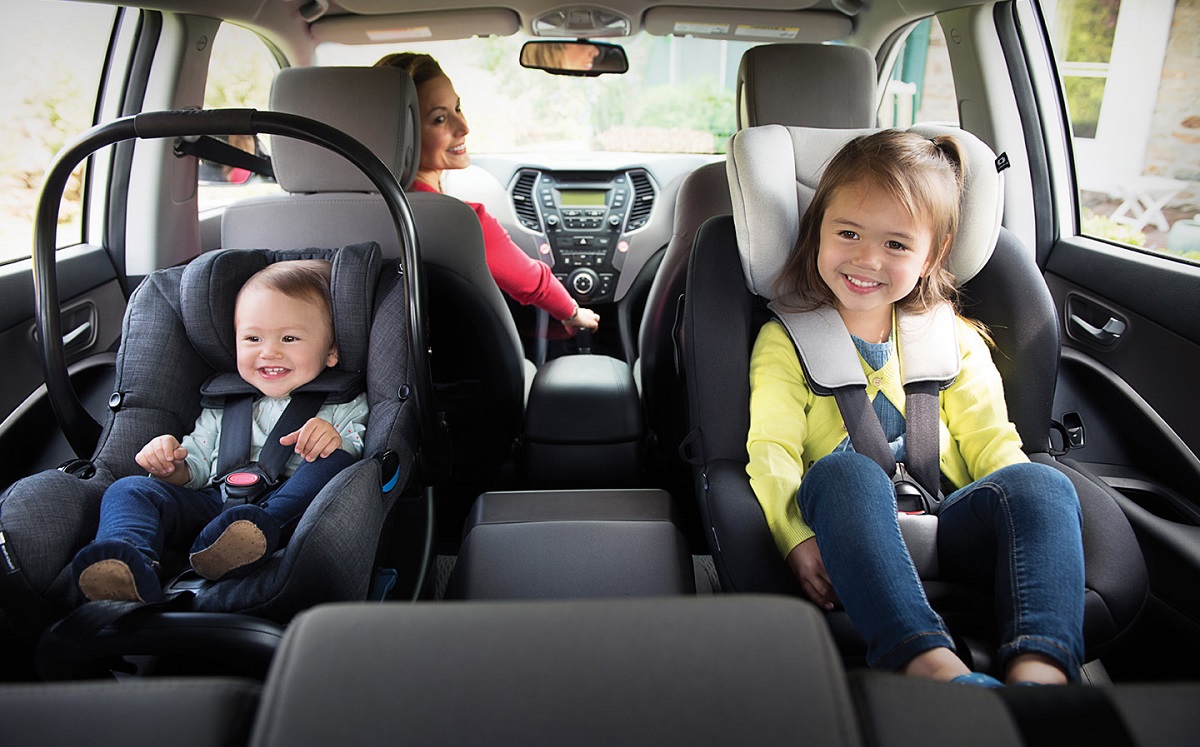
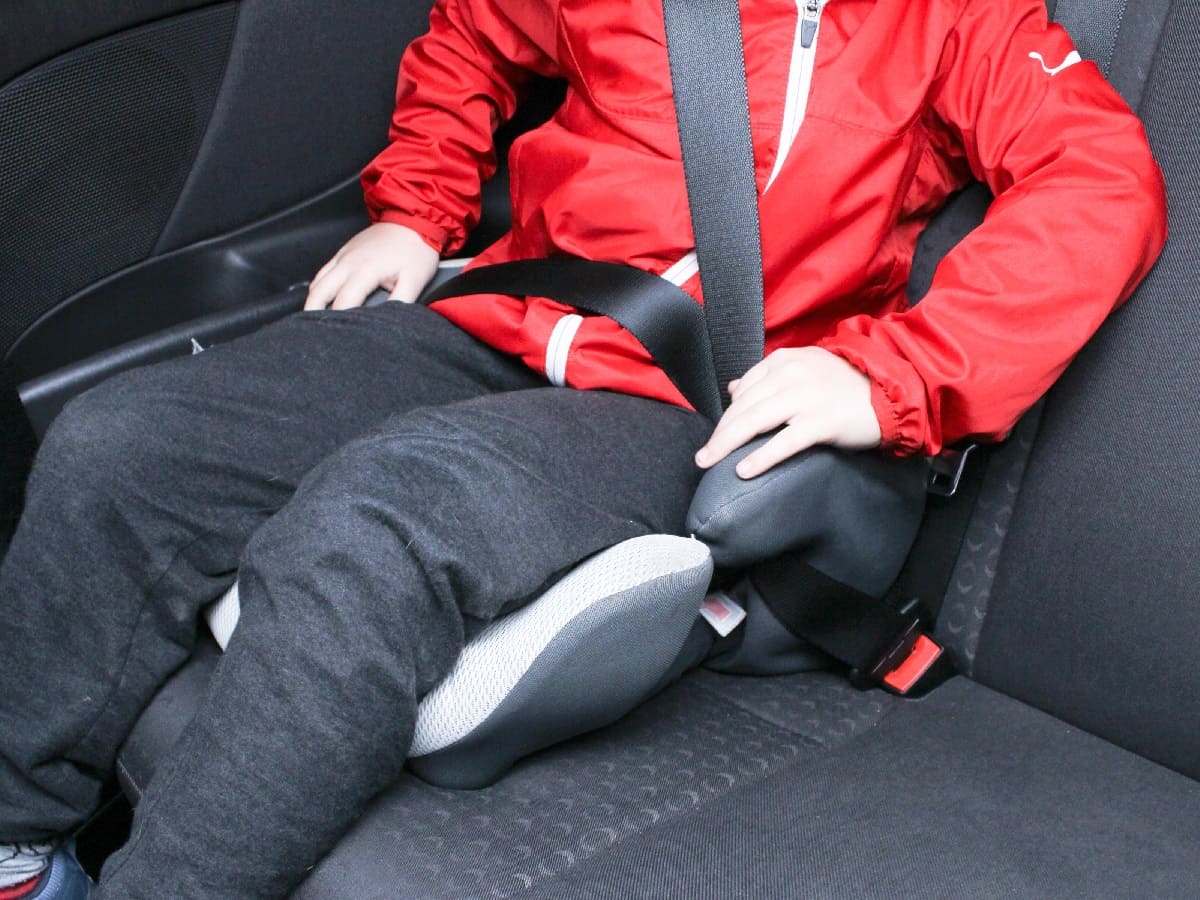
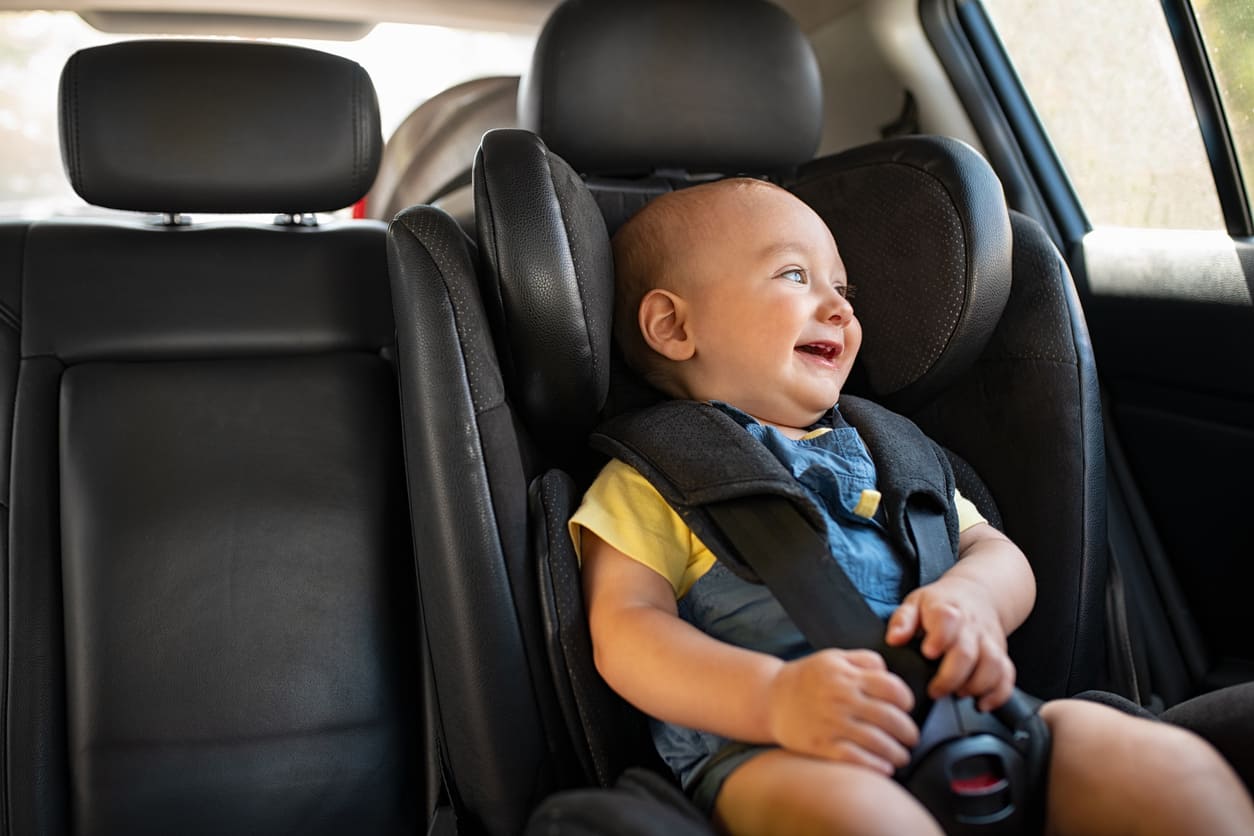
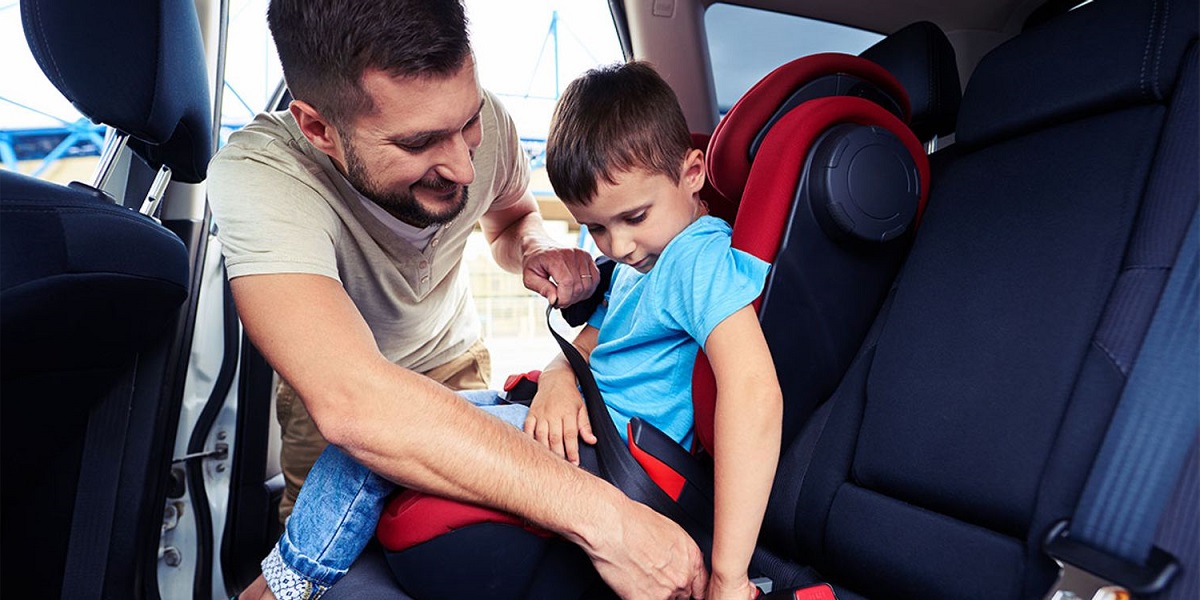
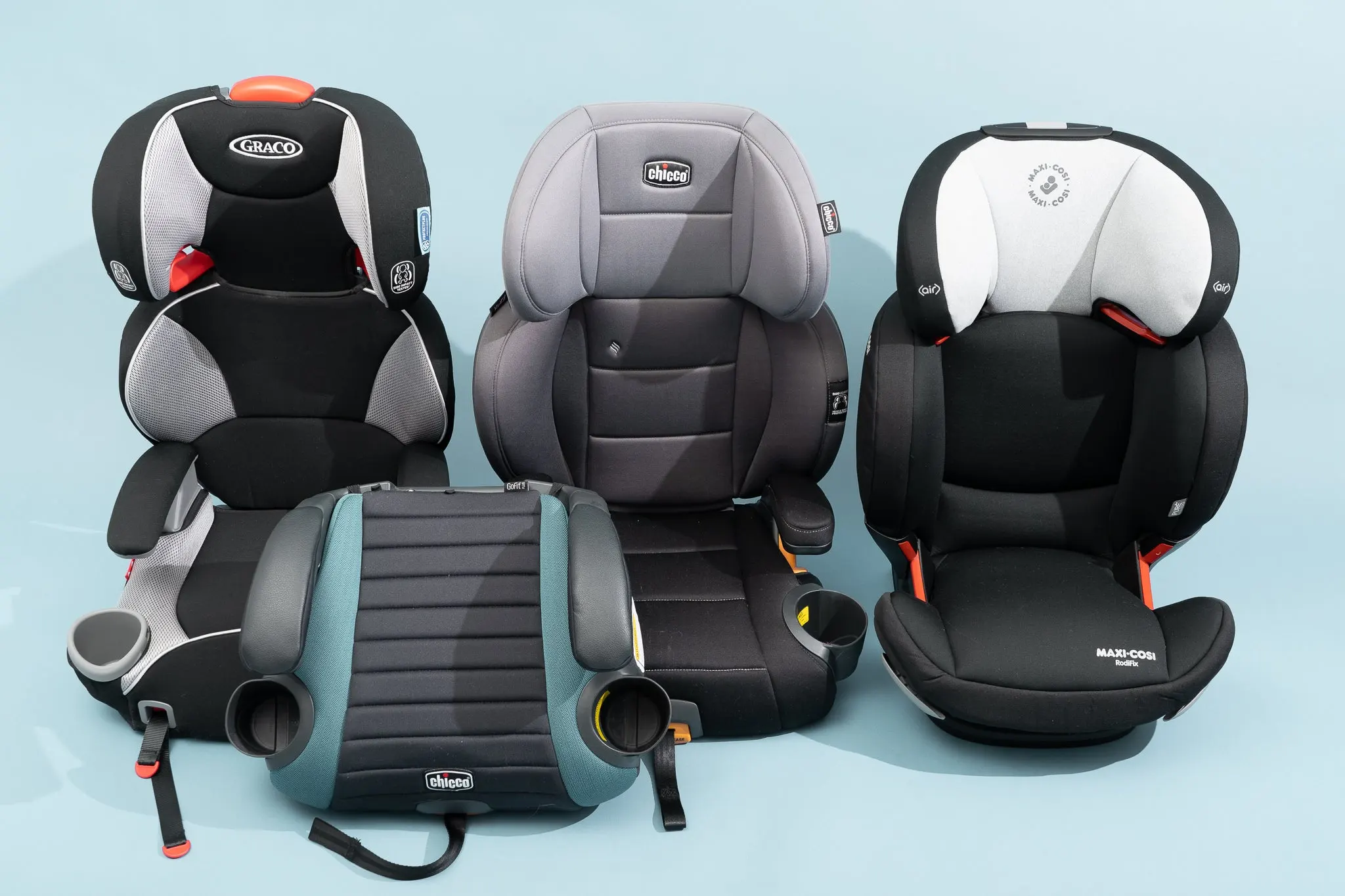

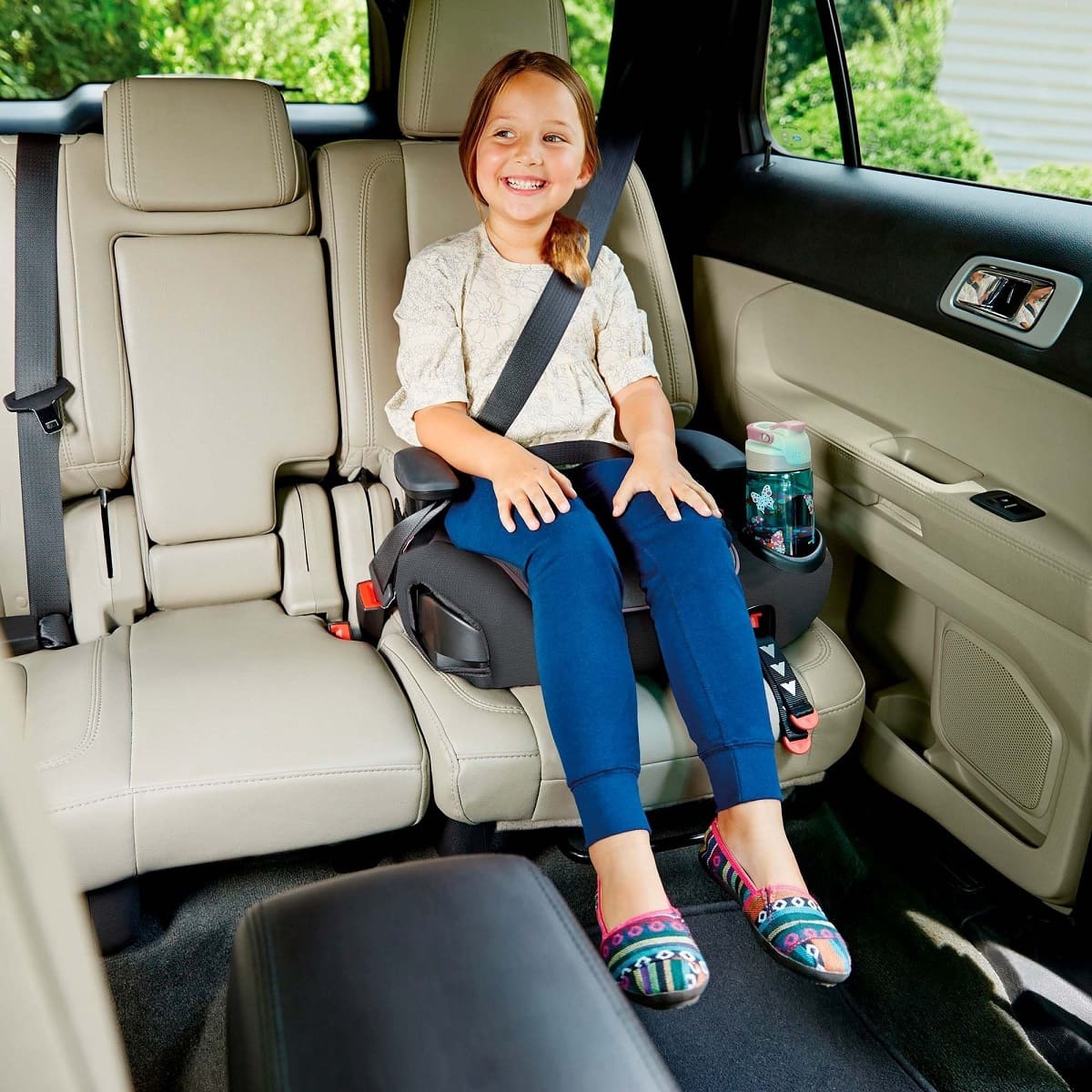
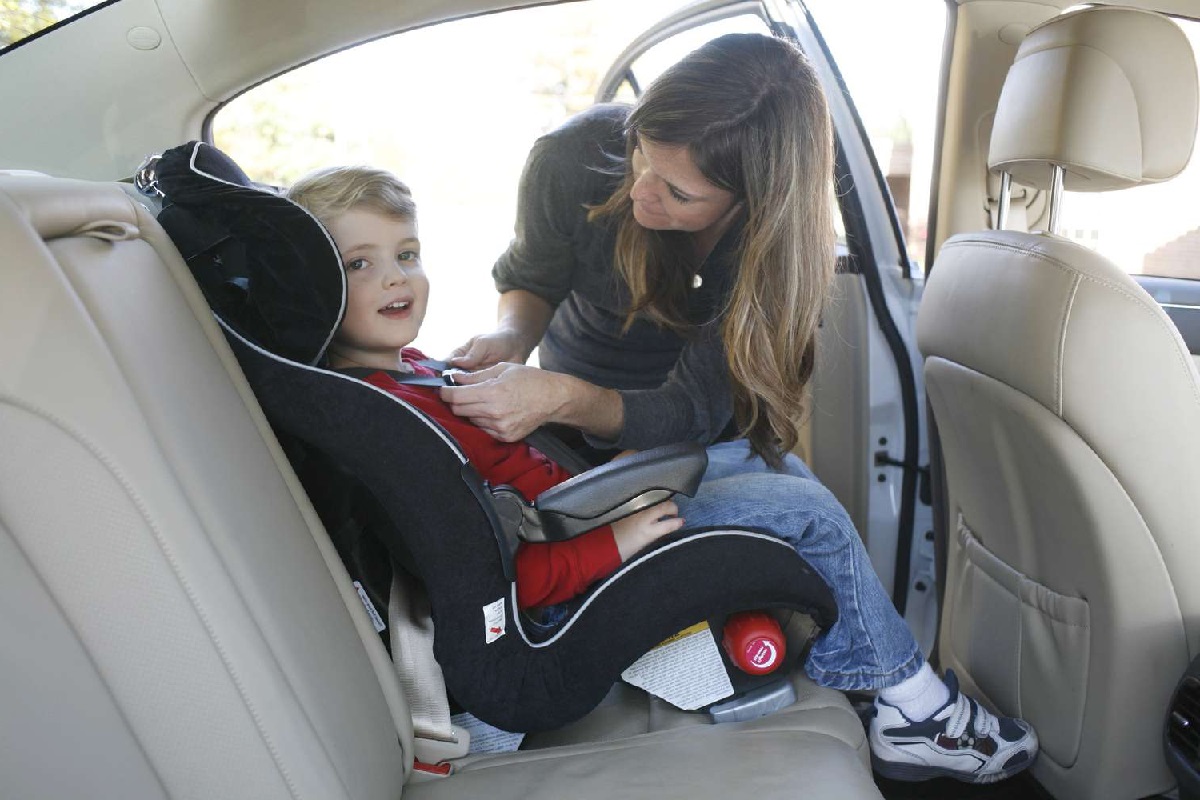

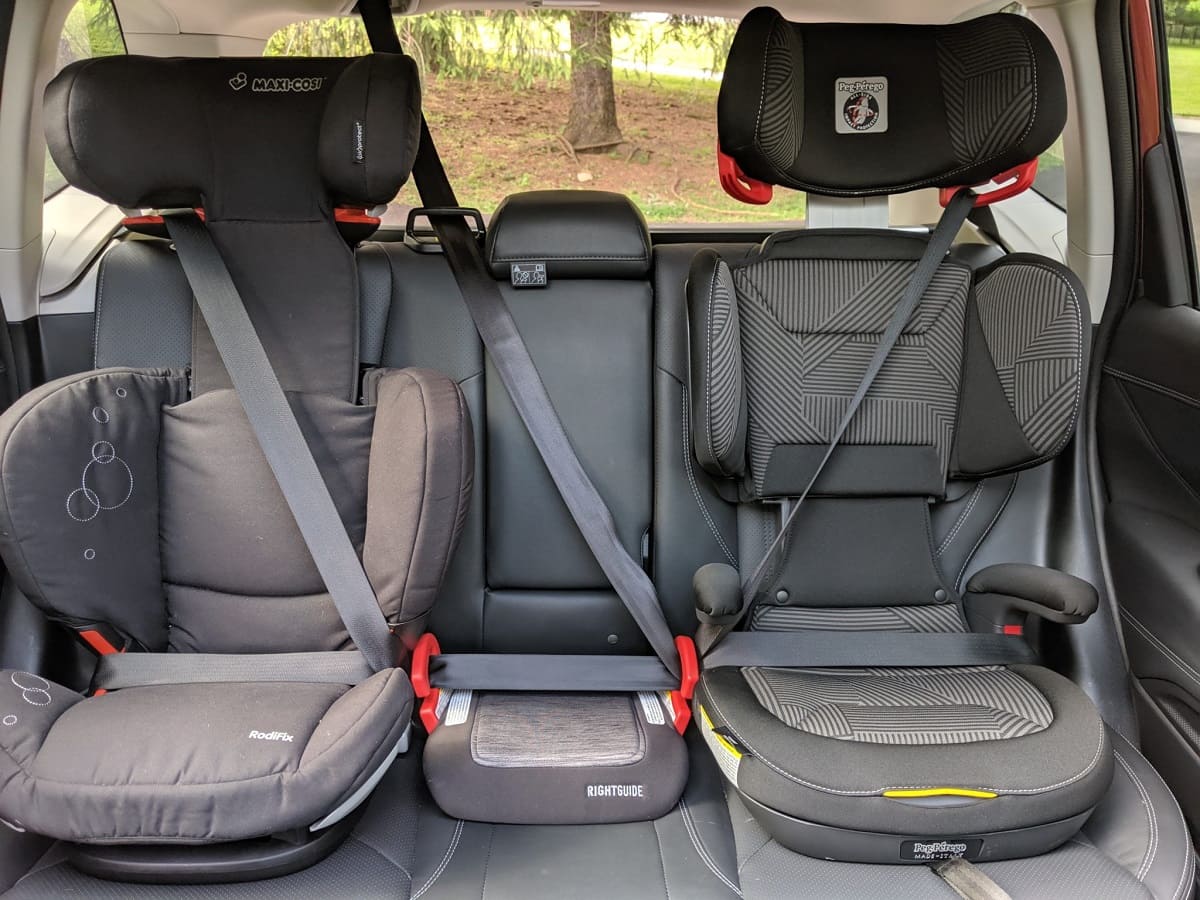
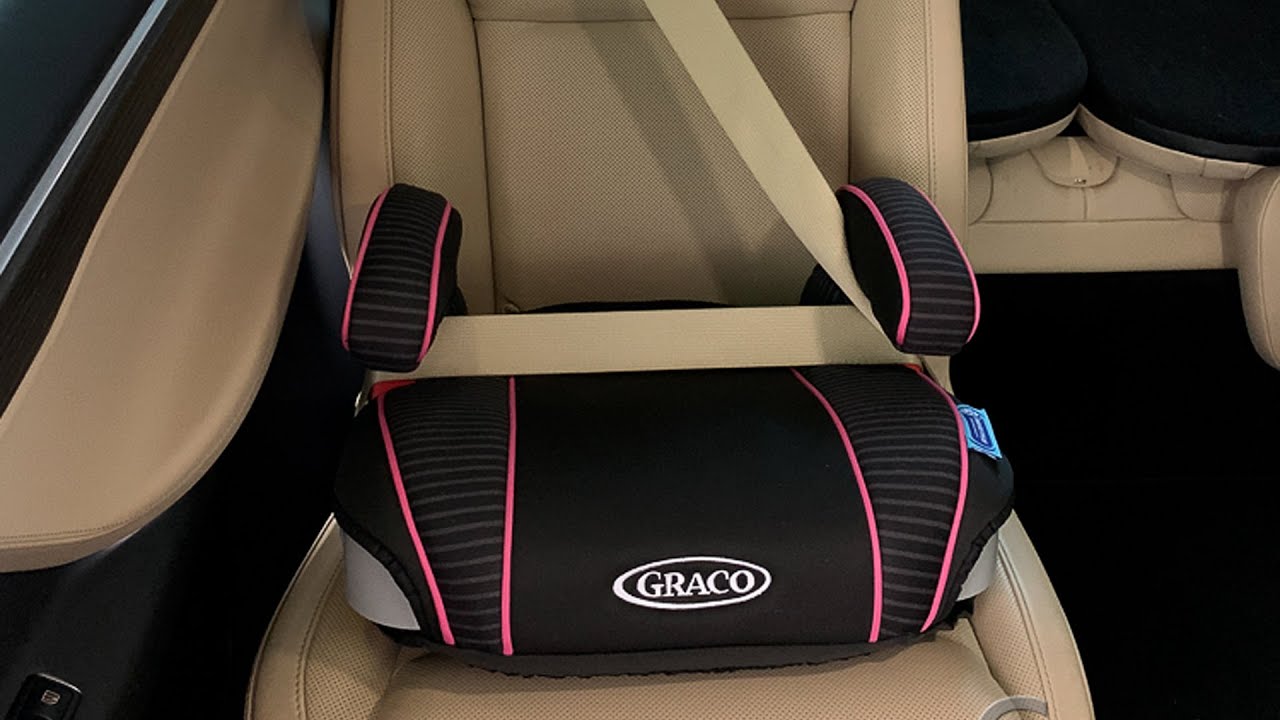

0 thoughts on “Who Needs A Booster Seat”